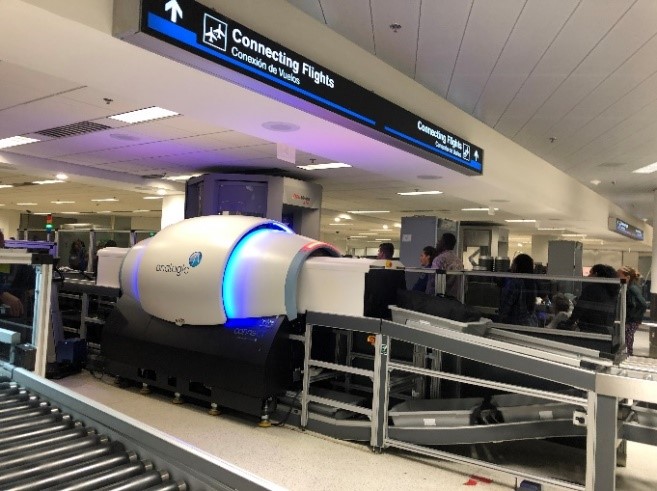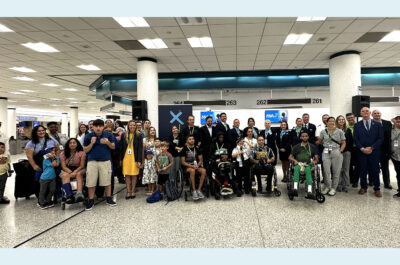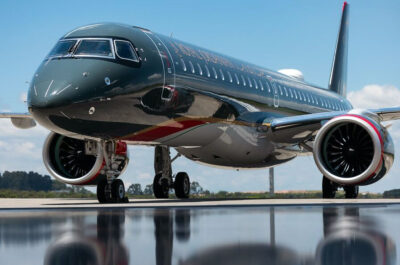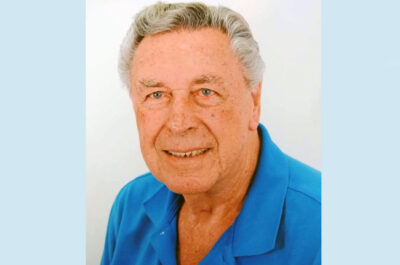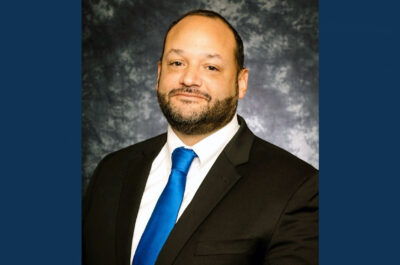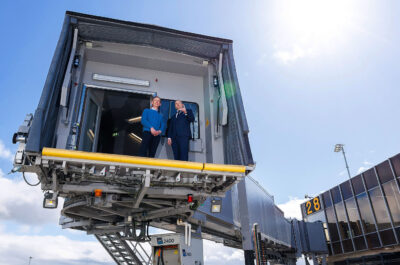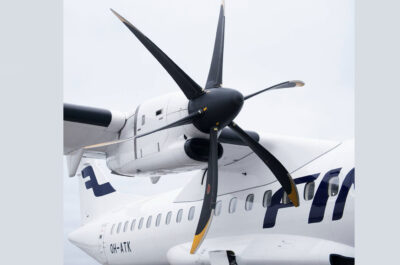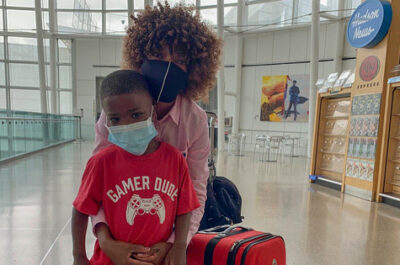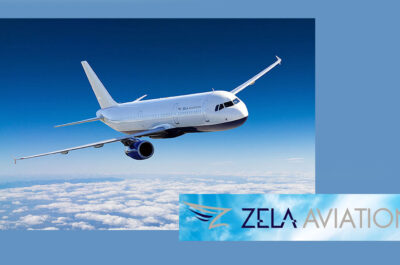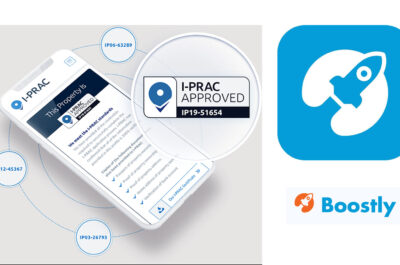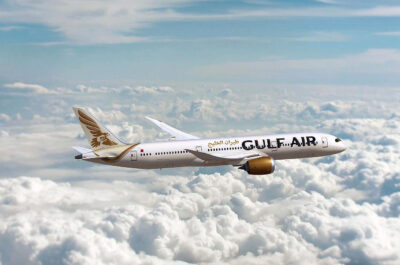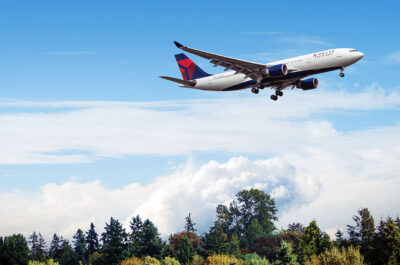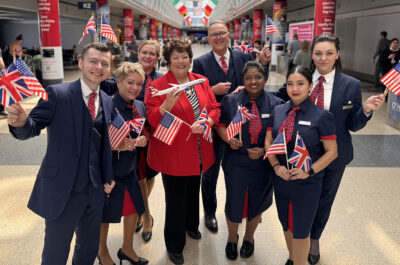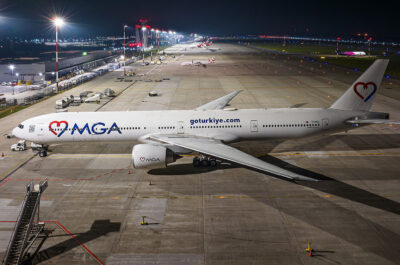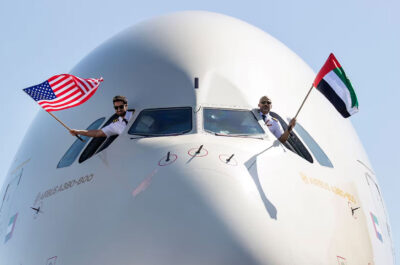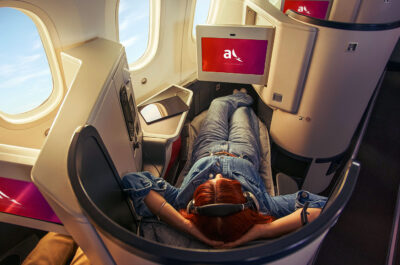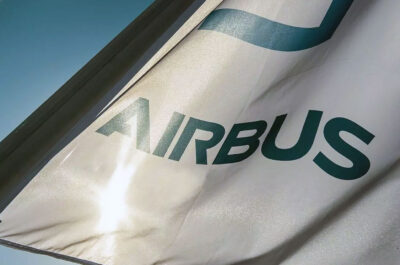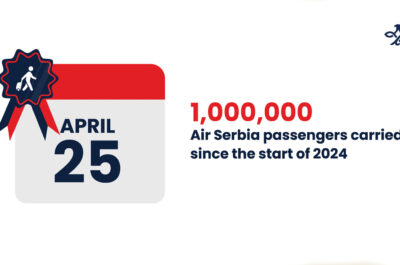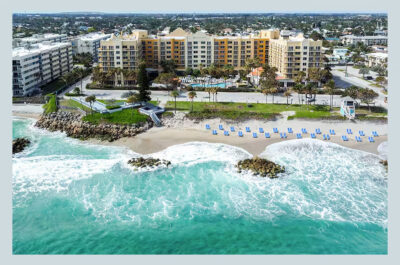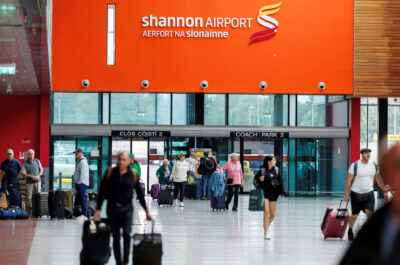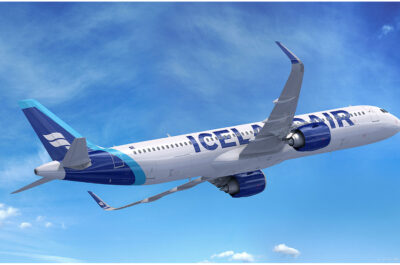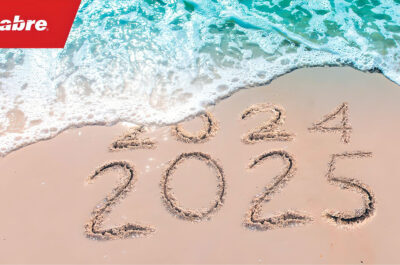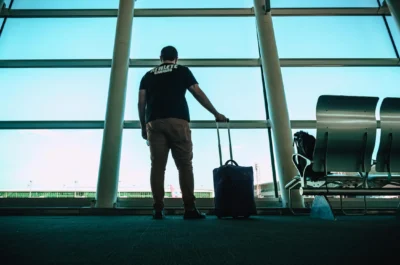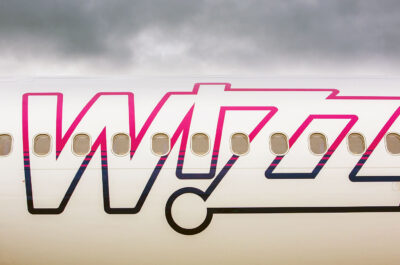The system applies sophisticated algorithms for the detection of explosives by creating a 3-D image that can be viewed and rotated on three axes for thorough visual image analysis by a TSA officer.
MIAMI – A state-of-the-art computed tomography (CT) scanner is now at a Transportation Security Administration checkpoint at Miami International Airport. The new technology provides improved explosives detection capabilities at the checkpoint.
The system applies sophisticated algorithms for the detection of explosives by creating a 3-D image that can be viewed and rotated on three axes for thorough visual image analysis by a TSA officer. If a bag requires further screening, TSA officers will inspect it to ensure that a threat item is not contained inside.
“We are extremely proud to be one of the first 18 airports chosen by the TSA for this first wave of CT screening technology deployment,” said Lester Sola, MIA Director and CEO. “Considering that there are 434 airports nationwide with traditional X-ray screening, we are honored to be on the frontline of evaluating new security enhancements. In addition to increasing screening accuracy, the new CT scanners provide travelers the convenience of keeping electronic devices inside their carry-on bags and may soon allow them to keep approved liquids inside as well, which is welcome news.”
Like the existing CT technology used for checked baggage, the machines create a clear picture of a bag’s contents allowing the automatic detection of bulk and liquid explosives. The CT checkpoint units were designed with a smaller footprint than those used for checked baggage to account for space constraints and operational needs.
"TSA is committed to putting in place the best technology to enhance security while also improving the screening experience,” said Daniel Ronan, TSA’s Federal Security Director for MIA. “CT technology substantially improves TSA’s threat detection capability at the checkpoint.”
TSA is focused on testing, procuring, and deploying additional CT systems in airports as soon as possible. TSA is also developing enhanced algorithms to address evolving aviation threats while decreasing the number of physical bag searches needed to resolve alarms and thereby improve operational efficiency and automated detection.
Passengers traveling through a lane with a CT will be permitted to leave laptops and other electronic devices in their carry-on bags and in the future, the goal is to keep 3-1-1 liquids inside the bag as well.
The TSA now has 22 units at 18 airports, including the one at MIA.
Vicky is the co-founder of TravelDailyNews Media Network where she is the Editor-in Chief. She is also responsible for the daily operation and the financial policy. She holds a Bachelor's degree in Tourism Business Administration from the Technical University of Athens and a Master in Business Administration (MBA) from the University of Wales.
She has many years of both academic and industrial experience within the travel industry. She has written/edited numerous articles in various tourism magazines.












